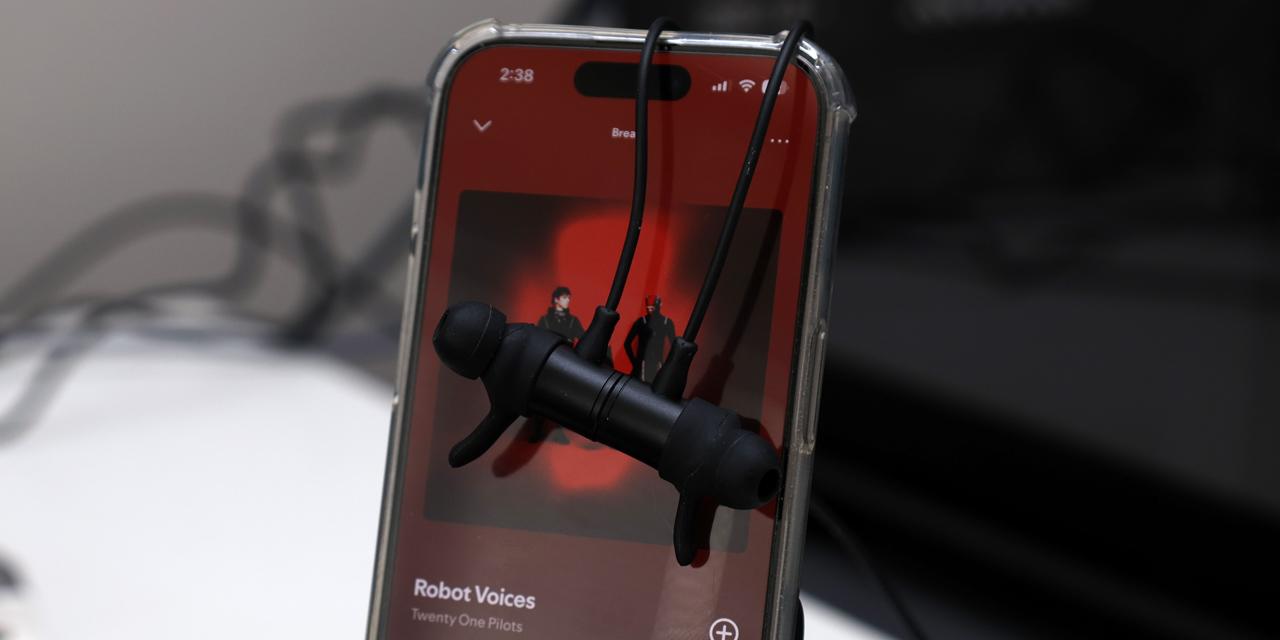|
From DailyTech: The HTC EVO 4G has some minor drawbacks -- its battery life is rather poor necessitating daily recharges; and it can't make simultaneous calls and internet requests when outside 4G (WiMAX) coverage. However, the phone packs a gorgeous 4.3-in. screen and some of the best hardware seen in a smartphone, Android or otherwise. Some owners and developers, however, have noticed something unusual. The phone appears capped at 30 frames per second in both 2D (Canvas) and 3D (OpenGL), according to posters at xda-developers and Google Code forums. In the current version of Sense UI and Android 2.1 which are loaded in the phone, that slower framerate detracts just slightly from how smooth the animations look, compared to on phones like the HTC Hero, which gets 54 fps. However, in Froyo -- the upcoming Android 2.2 upgrade -- the drop in frame speed reportedly becomes especially notable. Android framework engineer "Romain Guy" isn't quite sure where this problem is coming from. He wrote a response, saying that for the record the "target was, is and will be 60fps." Strangely the Nexus One, which has official Froyo support already, also seems to be having the issue. It at least starts out during the Froyo running load animation at 60 fps (which allows it to appear smooth), but its framerate subsequently drops to 30 fps upon reaching the home screen. The HTC EVO 4G and Nexus One are two of HTC's most powerful handsets in terms of RAM, processor, and graphics capabilities. It's more than likely that this is like a firmware issue and not a hardware issue, considering the HTC Hero, by contrast, has inferior core hardware. Hopefully, HTC can get to the bottom of this in a timely fashion, so Android owners can get back to breaking some mobile 3D benchmark records on their sleek smartphones. View: Article @ Source Site |
 |
EVO, Nexus One Framerates Capped at 30 FPS; It's Unclear Why
© Since 2005 APH Networks Inc. All trademarks mentioned are the property of their respective owners.





